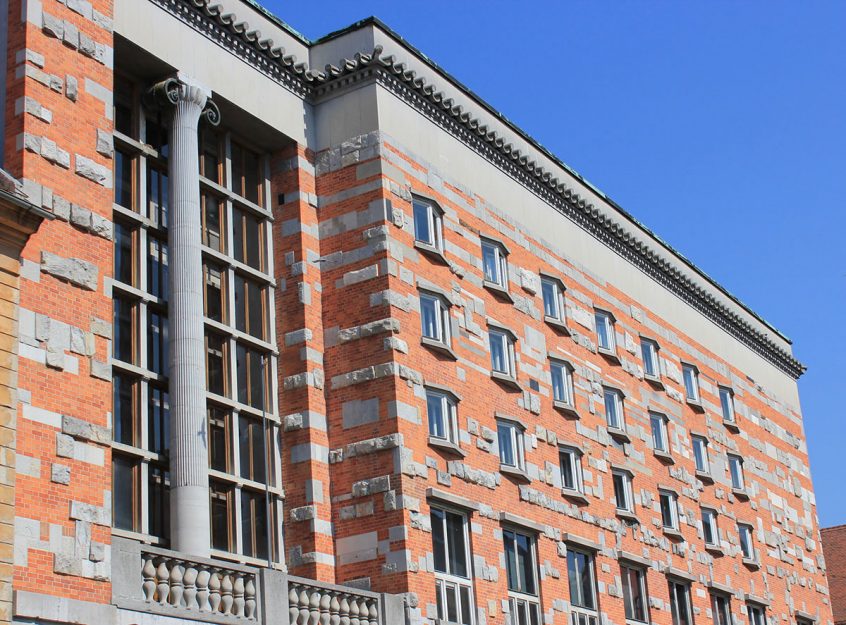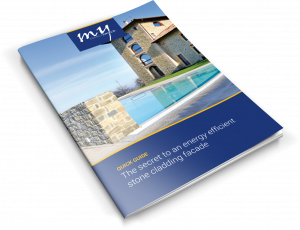If you were asked about why you find a building iconic, you will judge it by its façade – the first impression of any building. Aware of the facade’s potential to leave a lasting imprint, Plečnik, the famous Slovenian architect, designed the majestic segmented brick façade of NUK (National and University Library in Ljubljana) to convey to students the same powerful attitude to knowledge.
Evidently, a building’s character is determined by its facade. A facade can make a building contemporary, odd, traditional, or magnificent. Also, it reflects the owner’s position in society as well as his taste, and makes the facade one of the elementary determinants of the building’s market value.
Highlight: A carefully designed facade can make you feel welcome every time you return home.
However, this was not always the case. In the past, facades became a building’s face more often through elementary need than due to aesthetic considerations. Mostly, facades were influenced by the environment, the availability of materials and by the local weather. On the seaside, mostly stone façades were implemented due to their capacity to maintain a cool indoor temperature in hot summers. In the alpine region, wooden facade claddings were used, enabling the inhabitants to adapt to extreme climatic conditions and the rough terrain.
Today, we choose our facade mostly considering aesthetic factors, while the implementation is left to be determined later. We choose between different claddings and combine materials and colors. Striving to emphasize a building’s elegance by combining diverse façade surfaces and relief accessories, less and less thought is given to the facade’s functionality. Even though a facade’s most important feature is, in fact, to protect the building from external influences such as sun, water, heat, wind and snow.
Being particularly susceptible to implementation errors, the gravest problems are usually encountered in large facade surfaces. They are the first to show traces of thoughtless and sloppy execution, particularly in terms of energy efficiency, which is, at present, often forgotten. In order to save money, the making of a facade is too often limited only to the applying of paint, without reflecting on the role of façade materials and the benefits they can bring to your living conditions. This is especially true for households which are – due to temperature changes – forced to continuously heat and cool their living space.
Did you know that a well designed façade can save up to 50% of the heating and cooling cost?
It makes, therefore, a lot of sense to consider the role and importance of thermal insulation before constructing a new building or before retrofitting an existing one. With thermal insulation, we can, on the one hand, achieve the desired energy performance of a building, while the insulation material characteristic simultaneously improve the sound insulation, thus protecting our internal living space from the noise – at no additional cost. This is especially convenient if a building is located in the immediate vicinity of high traffic roads.
When implementing a new facade, it is smart to consider not only the aesthetic side of the cladding design, but to take another step forward and consider its functionality as well. More on how to achieve a functional facade can be read here.

 +386 7 39 39 510
+386 7 39 39 510 advice@energyshield.biz
advice@energyshield.biz

